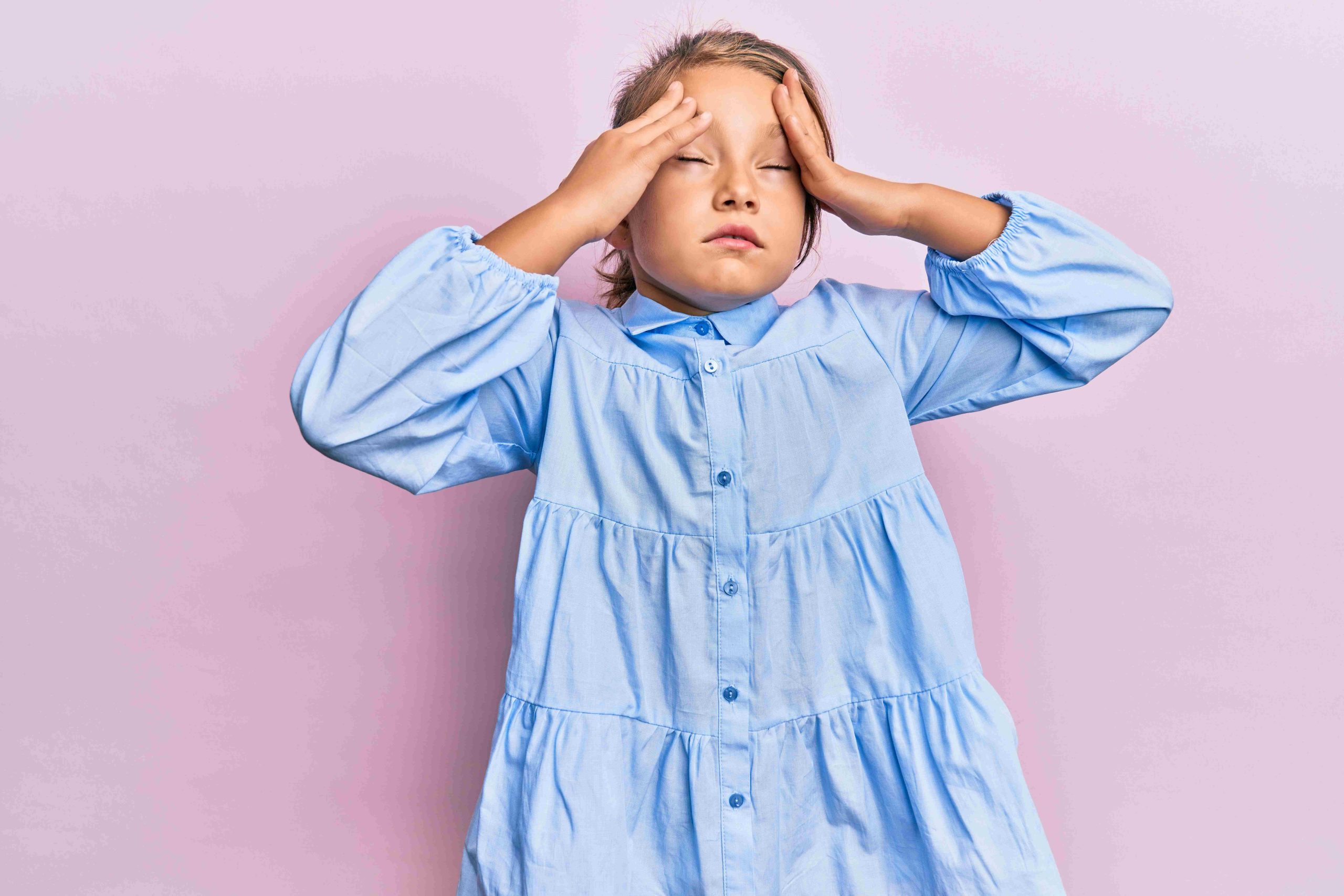
Migraine in Children: Recognizing and Treating Migraine Attacks in Youngsters
While often associated with adults, migraines can also affect children, causing significant discomfort and disruption to their daily lives. Recognizing the signs and symptoms of migraines in children is crucial for early intervention and effective management. In this article, we will explore the characteristics of migraines in children, common triggers, and appropriate treatment options to help parents and caregivers better understand and support children experiencing migraine attacks.
Understanding Migraines in Children:
Migraines in children have unique characteristics that may differ from those experienced by adults. Common symptoms include intense, recurrent headaches often accompanied by nausea, vomiting, and sensitivity to light and sound. However, children may have difficulty describing their symptoms accurately, leading to confusion or misdiagnosis. It’s important for parents and caregivers to be vigilant and consider the possibility of migraines when recurring symptoms arise.
Recognizing Triggers:
Various factors can trigger migraines in children. Common triggers include stress, lack of sleep, certain foods (such as chocolate, cheese, or processed meats), bright lights, strong smells, dehydration, and hormonal changes. Keeping a record of potential triggers and the timing of migraine attacks can help identify patterns and facilitate effective management strategies.
Seeking Professional Evaluation:
If a child’s headaches are frequent, severe, or significantly impact their daily activities, it is important to consult with a healthcare professional. A healthcare provider can perform a thorough evaluation, taking into account the child’s medical history, symptoms, and any family history of migraines or other neurological conditions. Proper diagnosis is crucial for determining the appropriate treatment plan.
Treatment Options for Migraines in Children:
- Lifestyle Modifications: Encouraging healthy habits can help manage migraines in children. This includes maintaining a regular sleep schedule, promoting a balanced diet, ensuring adequate hydration, and managing stress through relaxation techniques or age-appropriate coping strategies.
- Medications: In some cases, healthcare professionals may prescribe medications to alleviate migraine symptoms or prevent future attacks. These may include pain relievers, anti-nausea medications, or preventive medications designed to reduce the frequency and severity of migraines.
- Education and Support: Educating children about migraines and providing them with age-appropriate information can help them understand their condition and cope with its effects. Additionally, offering emotional support and creating a supportive environment at home and school can contribute to better management of migraines in children.
- Alternative Therapies: Certain alternative therapies, such as biofeedback, relaxation techniques, or acupuncture, may be considered as complementary approaches for managing migraines in children. However, it’s important to consult with healthcare professionals experienced in working with pediatric patients to ensure safety and effectiveness.
Prevention and Supportive Measures:
While it may not be possible to completely prevent migraines in children, several preventive measures can reduce their frequency and impact. These include identifying and avoiding triggers, establishing healthy lifestyle habits, ensuring a consistent sleep schedule, and creating a calm and quiet environment during migraine attacks.
Conclusion:
Recognizing and addressing migraines in children is crucial for their well-being and quality of life. By understanding the unique characteristics, triggers, and treatment options for migraines in children, parents and caregivers can effectively manage these attacks and provide the necessary support. Early intervention, proper diagnosis, and a comprehensive treatment approach involving lifestyle modifications, medications (if needed), education, and emotional support can help children navigate and overcome the challenges of migraines, allowing them to thrive and enjoy their childhood to the fullest.



